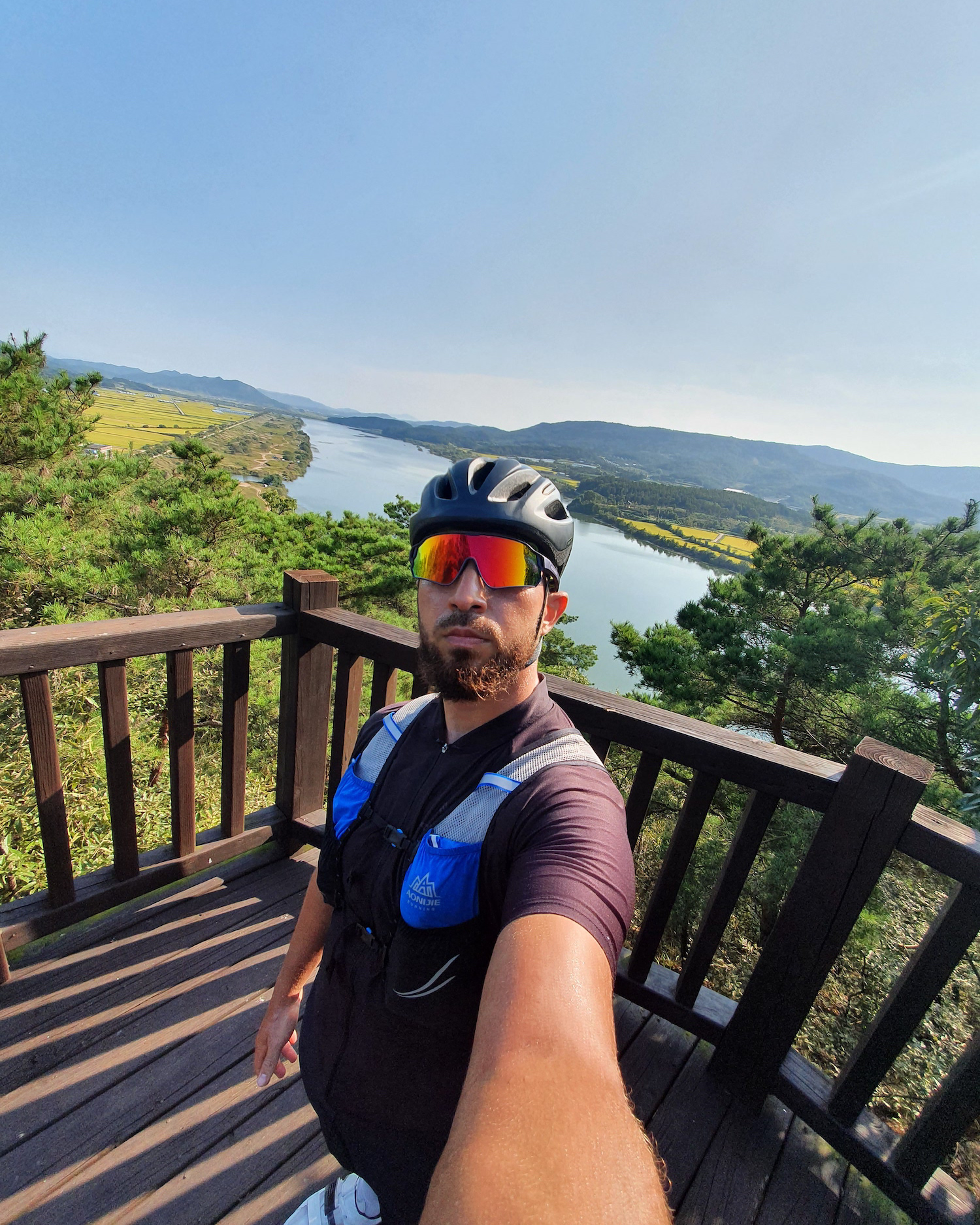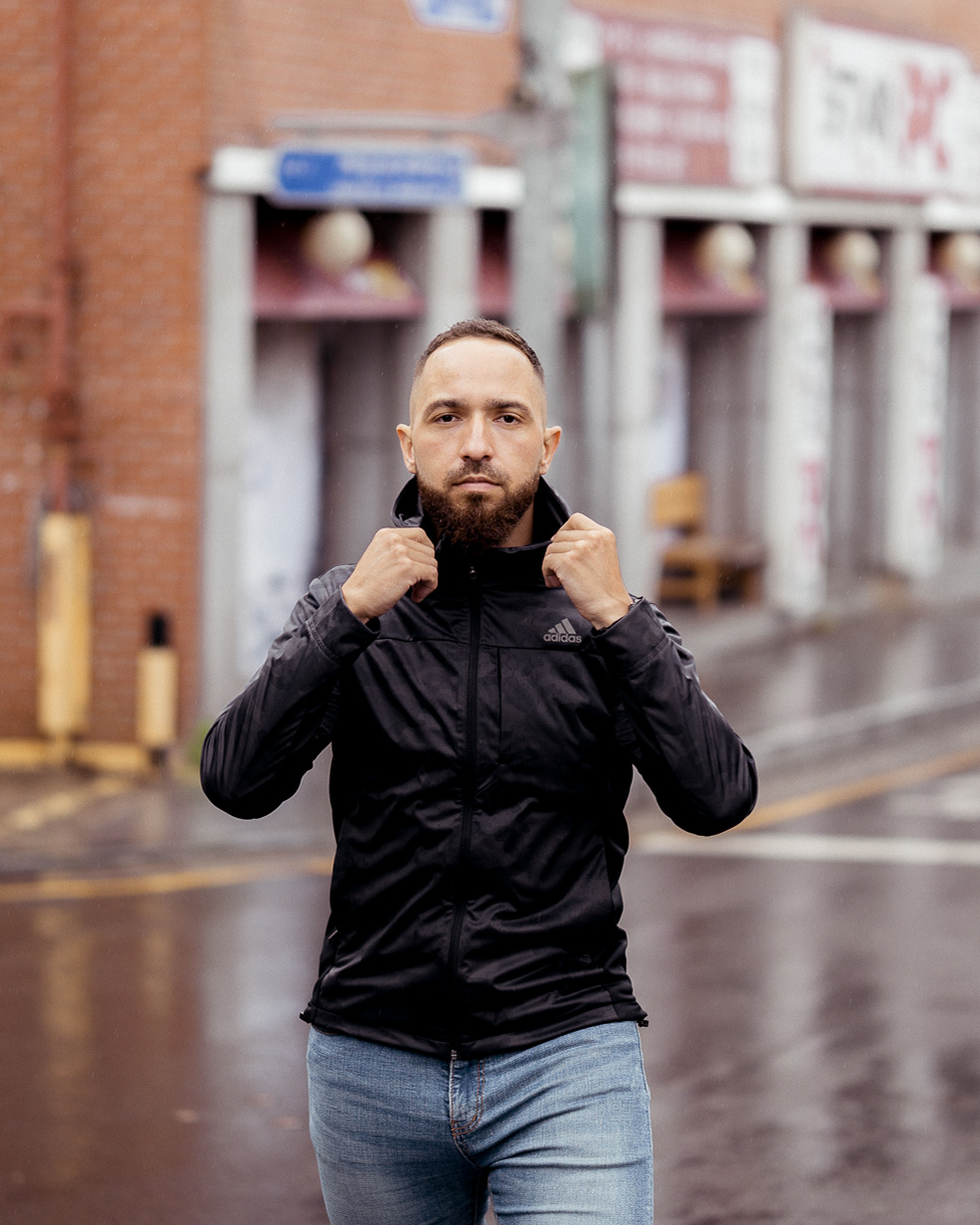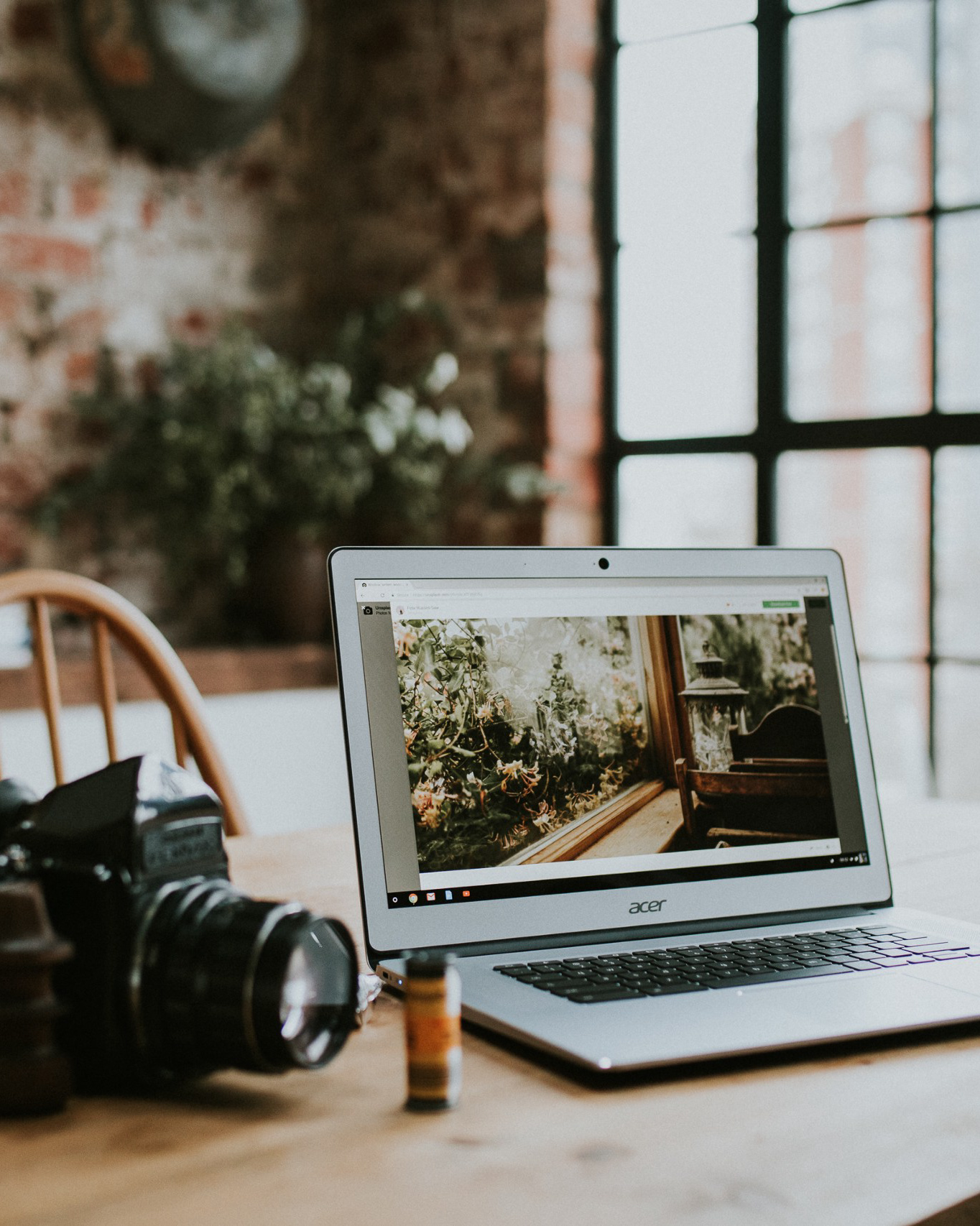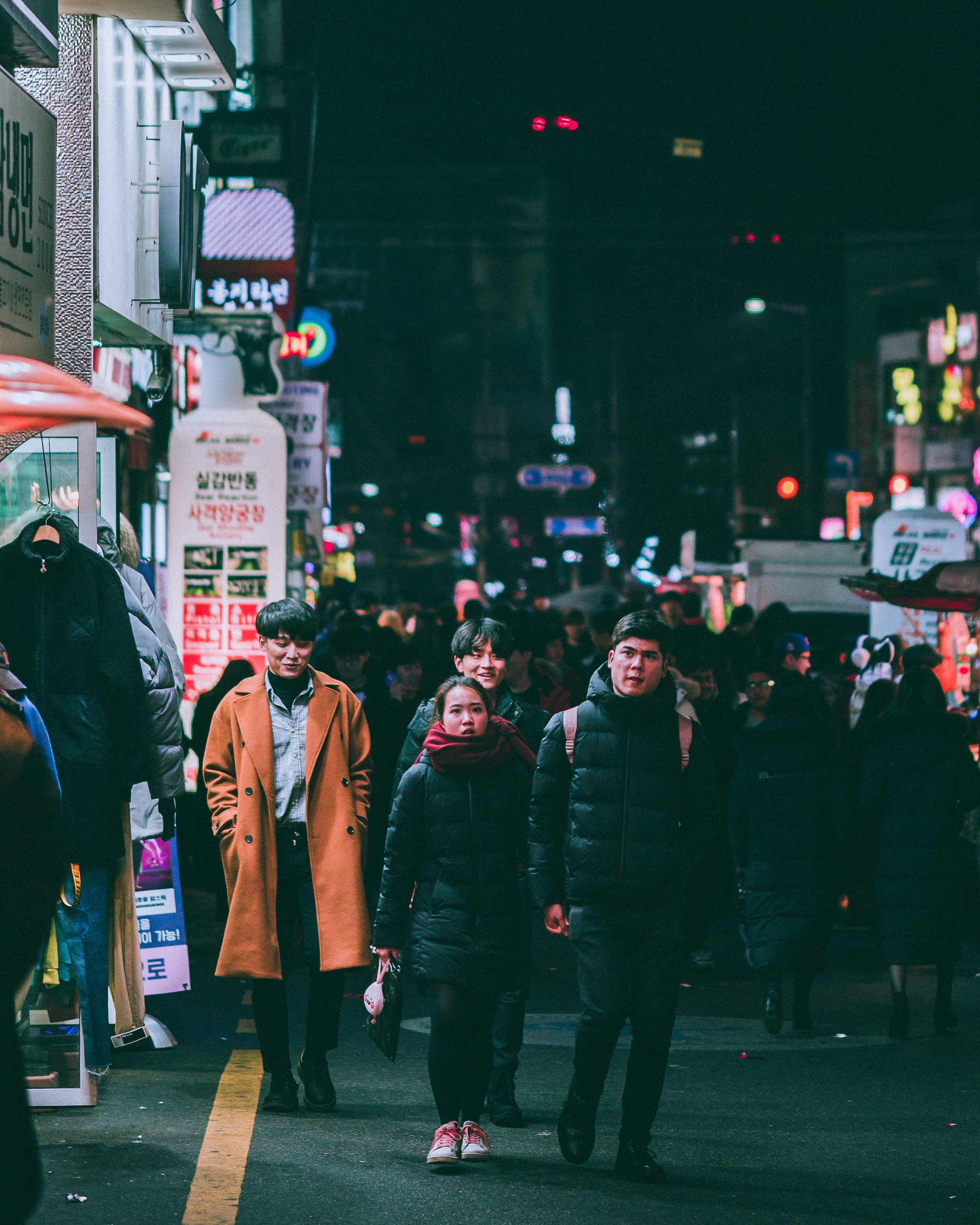Flying a drone for the first time is quite an experience. The sheer range of perspectives and angles that you can capture is quite difficult to wrap your head around at first, but as time progresses, flying becomes something of a second nature and you learn how your drone responds and reacts to your inputs. As you get more familiar with the controls, it becomes easier to record more dramatic aerial footage.
In this post I want to talk a bit about going beyond just the regular drone movements that you so often see used in videos. I’ll chat about motion, direction and some of the drone movements and shot ideas that I’ve found to be most useful in my short time flying.
Fire up your drone for the first time and the first thing you inevitably do is go up, and then forward. Why do you do this? Most likely because it feels normal, it’s the safest way to fly, and obviously the easiest way to gain distance and altitude.
Put Your Drone Up, Flip It and Reverse It
Flying forwards and up is, for most drone pilots, the default motion – but even a simple variation like flying backwards can look impressive. This is easy to cheat by flying forward and then reversing the footage in editing. Just make sure that there’s not too much peripheral movement from any subjects in your scene. This tip generally works if you’re flying over landscapes without much else in the frame, but can look a bit odd if you have people walking backwards.
Launch Into Orbit
The orbit is a drone move that all pilots should master. It’s deceptively simple but can be tricky to execute if you aren’t attuned to the responsiveness of your drone. It basically works like this: Pick and frame your subject (can be a building, people, boat or car), try to keep it centred, make sure you’re an appropriate distance away and decide which direction you want to go.
If you want to go right, then you will need to roll your drone to the right while using the yaw stick to go in the opposite direction. The combination of these two opposing movements while give you the orbit effect. The same applies if you want to go left. Roll the drone left, yaw right, and watch your orbit come to life.
You have to use the pinching method for ultimate control here as thumb movements are simply too brute for the fine motions that this movement requires.
Heads Up
The gimbals on modern drones are astonishing when you think about what they’re required to do. These stabilized cameras are attached to quadcopters flying at high speeds and are required to output perfectly smooth footage despite the drone being bashed around in the wind. You can use the gimbal to great effect when flying, not least of all to create dramatic visuals.
An extremely effective shot is to tilt the gimbal upwards while flying forwards, starting from an overhead, downward-facing position. This is a great establishing shot and can provide a good sense of scale. It’s quite a popular Hollywood shot, in fact. You can also bring the drone down (i.e. decline in elevation) while doing this movement for a more ‘swooping’ effect. Just be sure that you have enough altitude to play with.
Again, you can get good results by doing the opposite –that is, starting from a straight-on camera position, flying forwards and tilting the camera downwards over a subject. This works well to draw attention on a certain place.
Keep It Low And Tight
The most compelling drone videos often feature daring movements (think about FPV drone videos) and to an extent you can definitely emulate these types of shots with more ‘automated’ drones. Flying through or nearby objects has the same effect as those FPV moves, just be sure to fly within line of sight as the focal length of some drone cameras can be very tight, thus potentially misleading your field of view and altering your flying pattern. Worst case scenario, you could crash into an object which is closer than it appeared on your screen.
Flying low to the ground can give you a sense of speed and revealing a subject or change in landscape at the end of this shot is always a sure-fire winner.
Selfie!
One thing which my drone has allowed me to do is to take more footage of myself. It’s far from being the perfect selfie camera but flying your drone with you in frame always gets an audience talking. One shot which I’ve come to enjoy is flying the drone backwards and up while I walk towards it, basically tracking me. In practice it’s easier to simply pitch the drone backwards as I only need to keep one hand on the controls, which also looks more natural when you’re walking towards the drone. The same principle applies for panning shots where you could roll the gimbal left or right to track you walking from the side. Super simple but really effective.
If you enjoyed this article, sign up for monthly updates as I post travelogues about my trips throughout East and South East Asia, along with videos around street, travel and aerial photography.










